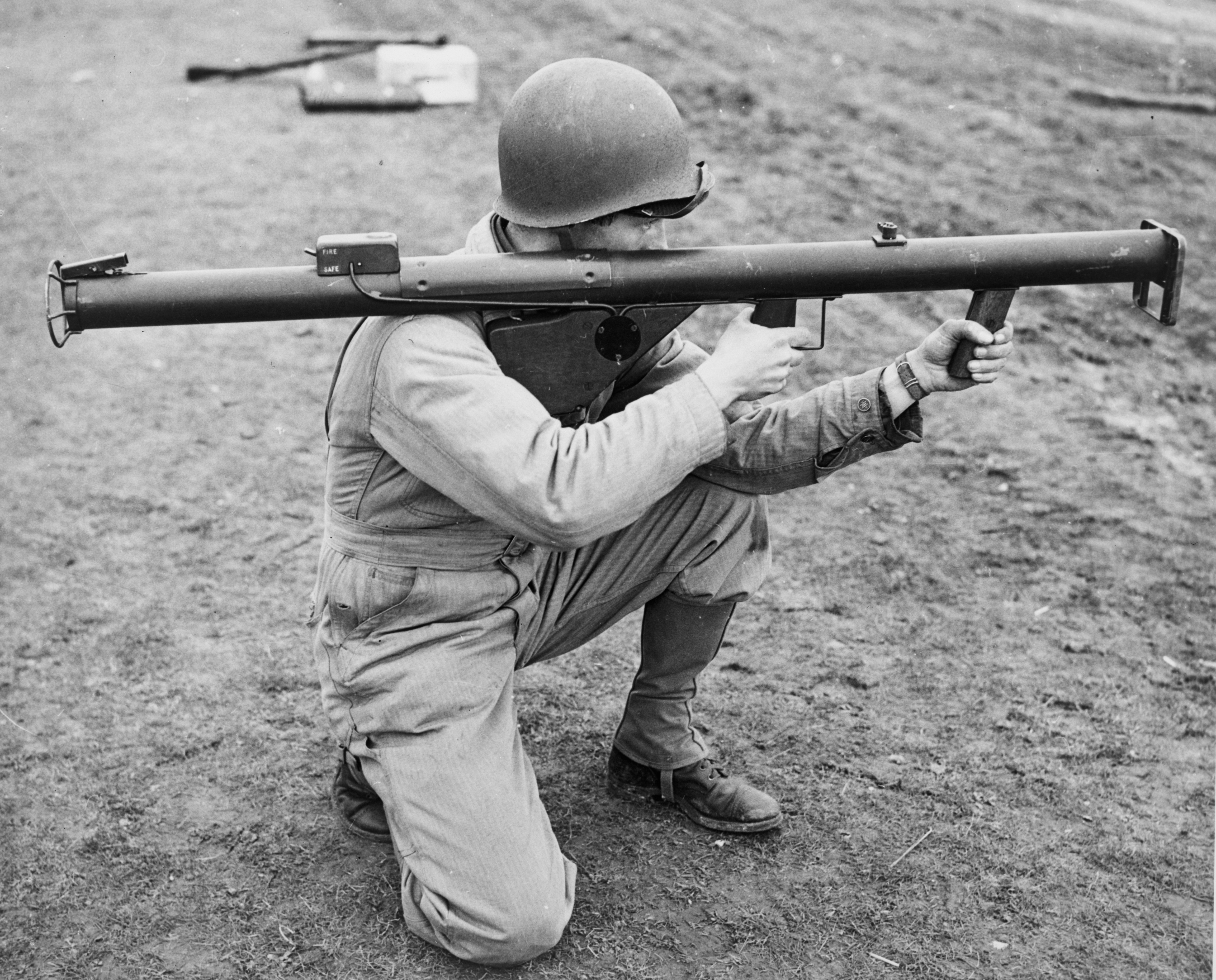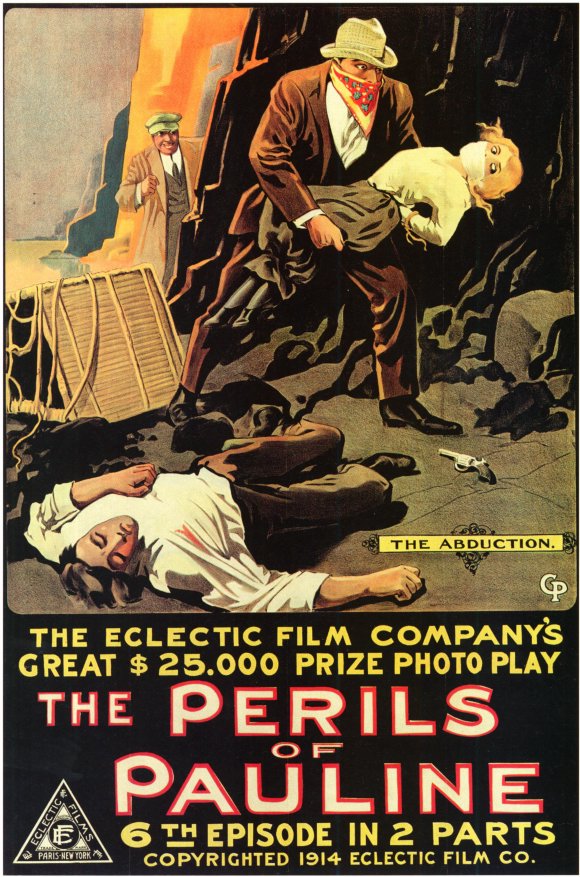|
Dark Soldier D
''Dark Soldier D'' is a 1998 mecha tokusatsu film created by ''Buildup Co.'' (later renamed ''Buildup Entertainment'') and distributed by Bandai. The film is actually made up of three short acts serving as a kind of television format. The series was unique as it didn't follow any type of manga, anime, or tokusatsu archetype. Instead, it served as an antithesis for those motifs. However, the series does pay some homage to the Super Robot genre. Furthermore, the series story is targeted more towards adults rather than children; in addition, the overall story is depicted as being "mean-spirited". Plot Kawamata is a psychotic soldier who fell in with the Russian Special Operation Forces. It was at this time that Kawamata became the guinea pig for this secret scientific research organization. The Russians wanted to ensure that they were ahead of the U.S. in the arms race, and used this organization to develop a mobile combat suit, armed to the teeth with all kinds of weapons imaginable. ... [...More Info...] [...Related Items...] OR: [Wikipedia] [Google] [Baidu] |
Mecha
In science fiction, or mechs are giant robots or machines controlled by people, typically depicted as humanoid walking vehicles. The term was first used in Japanese (language), Japanese after shortening the English loanword or , but the meaning in Japanese is more inclusive, and or 'giant robot' is the narrower term. Fictional mecha vary greatly in size and shape, but are distinguished from vehicles by their humanoid or Biorobotics, biomorphic appearance, although they are bigger, often much bigger, than human beings. Different Genre#Subgenre, subgenres exist, with varying connotations of realism. The concept of Super Robot and Real Robot are two such examples found in Japanese anime and manga. Real-world piloted humanoid or non-humanoid Robot locomotion, robotic platforms, existing or planned, may also be called "mecha". In Japanese, "mecha" may refer to mobile machinery or vehicles (including aircraft) in general, manned or Mobile robot, otherwise. Characteristics 'Mec ... [...More Info...] [...Related Items...] OR: [Wikipedia] [Google] [Baidu] |
Soviet Union
The Soviet Union,. officially the Union of Soviet Socialist Republics. (USSR),. was a List of former transcontinental countries#Since 1700, transcontinental country that spanned much of Eurasia from 1922 to 1991. A flagship communist state, it was nominally a Federation, federal union of Republics of the Soviet Union, fifteen national republics; in practice, both Government of the Soviet Union, its government and Economy of the Soviet Union, its economy were highly Soviet-type economic planning, centralized until its final years. It was a one-party state governed by the Communist Party of the Soviet Union, with the city of Moscow serving as its capital as well as that of its largest and most populous republic: the Russian Soviet Federative Socialist Republic, Russian SFSR. Other major cities included Saint Petersburg, Leningrad (Russian SFSR), Kyiv, Kiev (Ukrainian Soviet Socialist Republic, Ukrainian SSR), Minsk (Byelorussian Soviet Socialist Republic, Byelorussian SSR), Tas ... [...More Info...] [...Related Items...] OR: [Wikipedia] [Google] [Baidu] |
Rocket Launcher
A rocket launcher is a weapon that launches an unguided, rocket-propelled projectile. History The earliest rocket launchers documented in imperial China consisted of arrows modified by the attachment of a rocket motor to the shaft a few inches behind the arrowhead. The rocket was propelled by the burning of the black powder in the motor; these should not be confused with early fire arrows, which were conventional arrows carrying small tubes of black powder as an incendiary that ignited only after the arrow hit its target. The rocket launchers were constructed of wood, basketry, and bamboo tubes. The launchers divided the rockets with frames meant to keep them separated, and the launchers were capable of firing multiple rockets at once. Textual evidence and illustrations of various early rocket launchers are found in the 1510 edition of the '' Wujing Zongyao'' translated by Needham and others at Princeton University. (The original ''Wujing Zongyao'' was compiled between ... [...More Info...] [...Related Items...] OR: [Wikipedia] [Google] [Baidu] |
GPMG
A general-purpose machine gun (GPMG) is an air-cooled, usually belt-fed machine gun that can be adapted flexibly to various tactical roles for light and medium machine guns. A GPMG typically features a quick-change barrel design calibered for various fully powered cartridges such as the 7.62×51mm NATO, 7.62×54mmR, 7.5×54mm French, 7.5×55mm Swiss and 7.92×57mm Mauser, and be configured for mounting to different stabilizing platforms from bipods and tripods to vehicles, aircraft, boats and fortifications, usually as an infantry support weapon or squad automatic weapon. History The general-purpose machine gun (GPMG) originated with the MG 34, designed in 1934 by Heinrich Vollmer of Mauser on the commission of Nazi Germany to circumvent the restrictions on machine guns imposed by the Treaty of Versailles. It was introduced into the Wehrmacht as an entirely new concept in automatic firepower, dubbed the ''Einheitsmaschinengewehr'', meaning "universal machine gun" in G ... [...More Info...] [...Related Items...] OR: [Wikipedia] [Google] [Baidu] |
Anti-Materiel Rifle
An anti-materiel rifle (AMR) is a rifle designed for use against military equipment, structures, and other hardware (materiel). Anti-materiel rifles are chambered in significantly larger calibers than conventional rifles and are employed to eliminate equipment such as engines and unarmored or lightly armored targets. While modern armored vehicles are resistant to anti-materiel rifles, the extended range and penetration still has many modern applications. While not intended for use against human targets, the bullet weight and velocity of anti-materiel rifles gives them exceptional long-range capability even when compared with designated sniper rifles. Anti-materiel rifles are made in both bolt-action as well as semi-automatic designs. History The origins of the anti-materiel rifle go back to the First World War, during which the first anti-tank rifles appeared. While modern tanks and most other armored vehicles are too well protected to be affected by anti-materiel rifles, the gun ... [...More Info...] [...Related Items...] OR: [Wikipedia] [Google] [Baidu] |
AK-47
The AK-47, officially known as the ''Avtomat Kalashnikova'' (; also known as the Kalashnikov or just AK), is a gas-operated assault rifle that is chambered for the 7.62×39mm cartridge. Developed in the Soviet Union by Russian small-arms designer Mikhail Kalashnikov, it is the originating firearm of the Kalashnikov (or "AK") family of rifles. After more than seven decades since its creation, the AK-47 model and its variants remain one of the most popular and widely used firearms in the world. The number "47" refers to the year the rifle was finished. Design work on the AK-47 began in 1945. It was presented for official military trials in 1947, and, in 1948, the fixed-stock version was introduced into active service for selected units of the Soviet Army. In early 1949, the AK was officially accepted by the Soviet Armed Forces and used by the majority of the member states of the Warsaw Pact. The model and its variants owe their global popularity to their reliability under har ... [...More Info...] [...Related Items...] OR: [Wikipedia] [Google] [Baidu] |
Grenade Launcher
A grenade launcher is a weapon that fires a specially-designed large-caliber projectile, often with an explosive, smoke or gas warhead. Today, the term generally refers to a class of dedicated firearms firing unitary grenade cartridges. The most common type are man-portable, shoulder-fired weapons issued to individuals, although larger crew-served launchers are issued at higher levels of organisation by military forces. Grenade launchers can either come in the form of standalone weapons (either single-shot or repeating) or attachments mounted to a parent firearm, usually a rifle. Larger crew-served automatic grenade launchers such as the Mk 19 are mounted on tripods or vehicles. Some armored fighting vehicles also mount fixed arrays of short range, single-shot grenade launchers as a means of defense. History Early precursors The earliest devices which could be referred to as grenade launchers were slings, which could be used to throw early ''grenado'' fuse bombs. Th ... [...More Info...] [...Related Items...] OR: [Wikipedia] [Google] [Baidu] |
Fail Safe
In engineering, a fail-safe is a design feature or practice that in the event of a specific type of failure, inherently responds in a way that will cause minimal or no harm to other equipment, to the environment or to people. Unlike inherent safety to a particular hazard, a system being "fail-safe" does not mean that failure is impossible or improbable, but rather that the system's design prevents or mitigates unsafe consequences of the system's failure. That is, if and when a "fail-safe" system fails, it remains at least as safe as it was before the failure. Since many types of failure are possible, failure mode and effects analysis is used to examine failure situations and recommend safety design and procedures. Some systems can never be made fail-safe, as continuous availability is needed. Redundancy, fault tolerance, or contingency plans are used for these situations (e.g. multiple independently controlled and fuel-fed engines). Examples Mechanical or physical Examples inc ... [...More Info...] [...Related Items...] OR: [Wikipedia] [Google] [Baidu] |
Cold War
The Cold War is a term commonly used to refer to a period of Geopolitics, geopolitical tension between the United States and the Soviet Union and their respective allies, the Western Bloc and the Eastern Bloc. The term ''Cold war (term), cold war'' is used because there was no large-scale fighting directly between the two superpowers, but they each supported major regional conflicts known as proxy wars. The conflict was based around the ideological and geopolitical struggle for global influence by these two superpowers, following their temporary Allies of World War II, alliance and victory against Nazi Germany and Empire of Japan, Imperial Japan in 1945. Aside from the Nuclear arms race, nuclear arsenal development and conventional military deployment, the struggle for dominance was expressed via indirect means such as psychological warfare, propaganda campaigns, Cold War espionage, espionage, far-reaching Economic sanctions, embargoes, rivalry at sports events, and technolog ... [...More Info...] [...Related Items...] OR: [Wikipedia] [Google] [Baidu] |
Tokusatsu
is a Japanese term for live action film or television drama that makes heavy use of practical special effects. ''Tokusatsu'' entertainment mainly refers to science fiction, war, fantasy, or horror media featuring such technology but is sometimes dubbed a genre itself. The most popular subgenres of include ''kaiju'' such as the ''Godzilla'' and ''Gamera'' series; superhero such as the ''Kamen Rider'' and ''Metal Hero'' series; and mecha like ''Giant Robo'' and ''Super Robot Red Baron''. Some television programs combine several of these subgenres, for example the ''Ultraman'' and ''Super Sentai'' series. is one of the most popular forms of Japanese entertainment, but only a small proportion of films and television programs are widely known outside of Japan. Nevertheless, certain properties have attained popularity outside of Japan; ''Godzilla'' is featured in popular American-made movies, and the ''Super Sentai Series'' was adapted into the ''Power Rangers'' series and broa ... [...More Info...] [...Related Items...] OR: [Wikipedia] [Google] [Baidu] |
Sidekick
A sidekick is a slang expression for a close companion or colleague (not necessarily in fiction) who is, or is generally regarded as, subordinate to the one they accompany. Some well-known fictional sidekicks are Don Quixote's Sancho Panza, Sherlock Holmes' Doctor Watson, The Lone Ranger's Tonto, The Green Hornet's Kato, Shrek's Donkey and Puss in Boots, Mickey Mouse's Donald Duck and Goofy, Mario's Luigi and Yoshi, Sonic's Tails and Knuckles, Donkey Kong's Diddy Kong, Daffy Duck's Porky Pig, Captain America's Bucky and Batman's Robin. Origins The first recorded use of the term dates from 1896. It is believed to have originated in pickpocket slang of the late 19th century. The "kick" was the front pocket of a pair of trousers, believed to be the pocket safest from theft. Thus, by analogy, a "side-kick" was a person's closest companion.Morris, EvanWord Detective(December 20, 1999). One of the earliest recorded sidekicks may be Enkidu, who adopted a sidekick ro ... [...More Info...] [...Related Items...] OR: [Wikipedia] [Google] [Baidu] |
Cliffhanger
A cliffhanger or cliffhanger ending is a plot device in fiction which features a main character in a precarious or difficult dilemma or confronted with a shocking revelation at the end of an episode or a film of serialized fiction. A cliffhanger is hoped to incentivize the audience to return to see how the characters resolve the dilemma. Some serials end with the caveat, "To Be Continued" or "The End?". In serial films and television series the following episode sometimes begins with a recap sequence. Cliffhangers were used as literary devices in several works of the Middle Ages with ''One Thousand and One Nights'' ending on a cliffhanger each night. Cliffhangers appeared as an element of the Victorian era serial novel that emerged in the 1840s, with many associating the form with Charles Dickens, a pioneer of the serial publication of narrative fiction.Grossman, Jonathan H. (2012). ''Charles Dickens's Networks: Public Transport and the Novel''. p. 54. Oxford: Oxford Univer ... [...More Info...] [...Related Items...] OR: [Wikipedia] [Google] [Baidu] |
_-_MUGEN_SHIN-GAN.jpg)




.jpg)

.png)


